 The Technology of Participation (ToP®) has been developed over 40 years through extensive use in 40 countries and many sectors. It contains a special set of methods that equips facilitators for very challenging work. There are five ToP methods that are assessed to become a Certified ToP Facilitator.
The Technology of Participation (ToP®) has been developed over 40 years through extensive use in 40 countries and many sectors. It contains a special set of methods that equips facilitators for very challenging work. There are five ToP methods that are assessed to become a Certified ToP Facilitator.
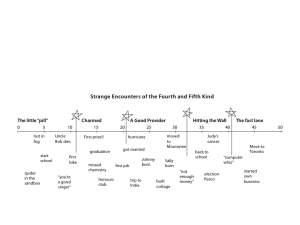 The Historical Scan uses the details of past history to build a common story that participants can stand on to understand the perspectives and the depth of feeling of one another. The result is a publishable story with details, of the situation and the larger context that surrounds it. The WW takes from 1-3 hours depending on the size of the group and has broad application far beyond that of conflict
The Historical Scan uses the details of past history to build a common story that participants can stand on to understand the perspectives and the depth of feeling of one another. The result is a publishable story with details, of the situation and the larger context that surrounds it. The WW takes from 1-3 hours depending on the size of the group and has broad application far beyond that of conflict
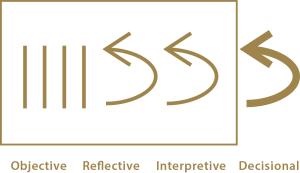 The Focused Conversation Method is the most versatile of all ToP methods and can create breakthroughs in even the toughest of situations. It has extremely broad applications for all types of work: facilitation, coaching, communications, psychology, training, planning, conflict resolution and much more. More information
The Focused Conversation Method is the most versatile of all ToP methods and can create breakthroughs in even the toughest of situations. It has extremely broad applications for all types of work: facilitation, coaching, communications, psychology, training, planning, conflict resolution and much more. More information
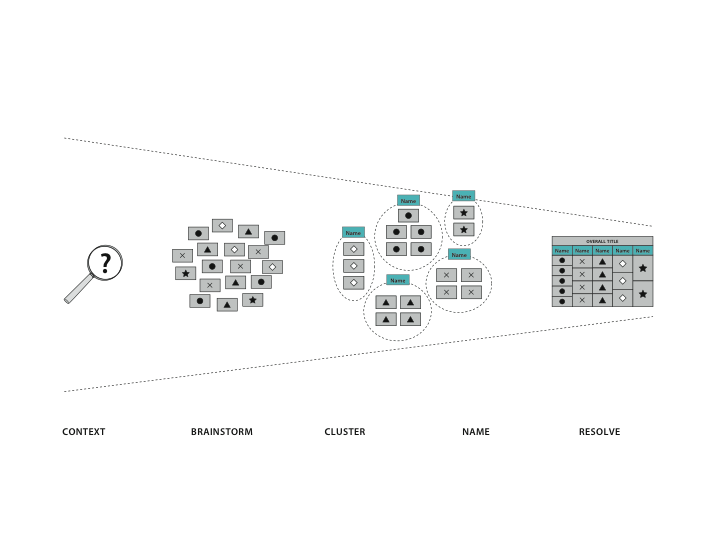 The Consensus Workshop Method generates an actual consensus with which the group can move forward. It is very powerful for complex situations in which no one has a simple answer. It has very broad application and is a core ToP method. More information.
The Consensus Workshop Method generates an actual consensus with which the group can move forward. It is very powerful for complex situations in which no one has a simple answer. It has very broad application and is a core ToP method. More information.
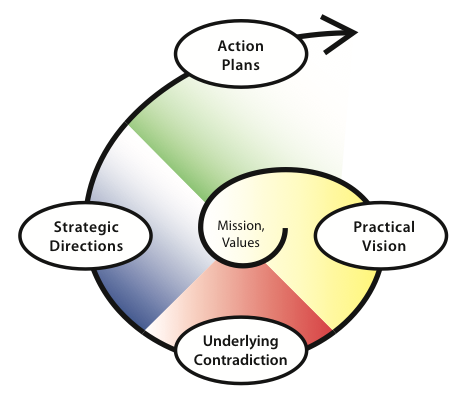 Groups are empowered in ToP Participatory Strategic Planning since they focus on priorities and areas of breakthrough. ToP wires people’s minds together so that they immediately recognize those priority areas and then put energy into making big differences. ToP planning is biased toward implementation, meaning that big picture ideas are always translated into details of implementation and measureables. Because of this, people commit to follow through because they know what they need to do.
Groups are empowered in ToP Participatory Strategic Planning since they focus on priorities and areas of breakthrough. ToP wires people’s minds together so that they immediately recognize those priority areas and then put energy into making big differences. ToP planning is biased toward implementation, meaning that big picture ideas are always translated into details of implementation and measureables. Because of this, people commit to follow through because they know what they need to do.
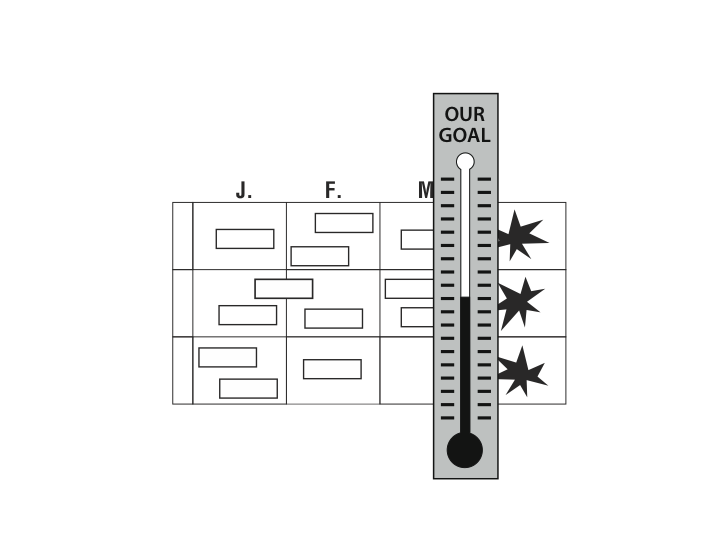 ToP Action Planning takes everything down to who does what when, for how long, for how much and with what result, including measureable process and outcome indicators. People are empowered to do what they have actually decided and accountability and communication structures are built right in. Action Planning can be done on its own for a project or program, or as part of Participatory Strategic Planning
ToP Action Planning takes everything down to who does what when, for how long, for how much and with what result, including measureable process and outcome indicators. People are empowered to do what they have actually decided and accountability and communication structures are built right in. Action Planning can be done on its own for a project or program, or as part of Participatory Strategic Planning
.
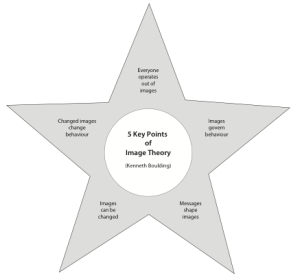 Imaginal Education encapsulates a theory of behavioural change that is important in group transformation. This is at the core of understanding a key way that individuals change their behaviour. It shows the link between self image, the messages that can reinforce or contradict those self-images, and the behaviour that changes when a new self-image is purposefully adopted. It gives a way for individuals to be guided in personal change.
Imaginal Education encapsulates a theory of behavioural change that is important in group transformation. This is at the core of understanding a key way that individuals change their behaviour. It shows the link between self image, the messages that can reinforce or contradict those self-images, and the behaviour that changes when a new self-image is purposefully adopted. It gives a way for individuals to be guided in personal change.
This tool is explicitly used with individuals, but can also be used implicitly in the background for entire groups. It is not used once only, but is part of a continuing intervention over time.